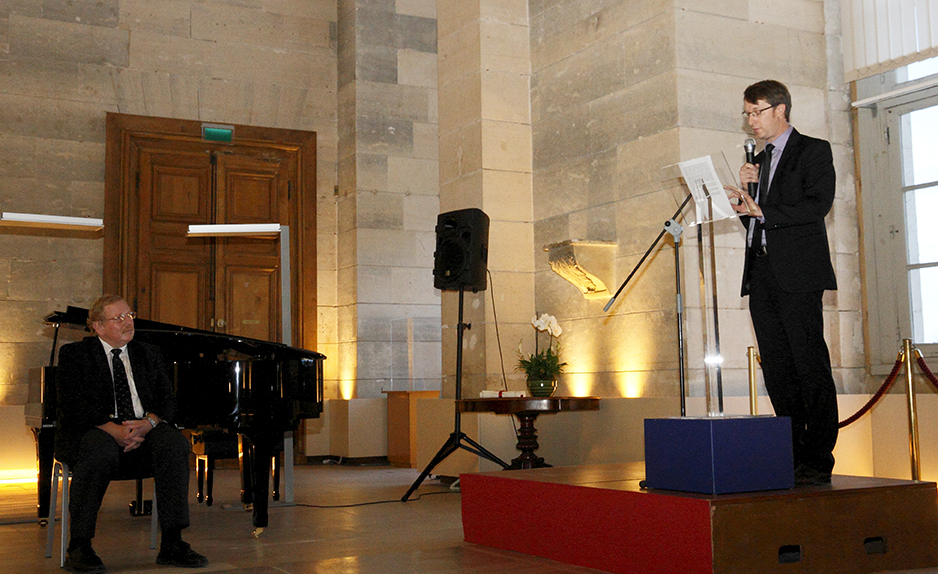The Paris Observatory - PSL congratulates the winners of the Nobel Prize in Physics, awarded to Reinhard Genzel and Andrea Ghez for their exceptional discovery of Sagittarius A*, and to Roger Penrose for his theoretical work on general relativity.



Reinhard Genzel founded one of the world’s leading groups in galactic and extra-galactic physics at the Max-Planck-Institute for Extraterrestrial Physics (Garching, Germany). The links between his group and the French scientific teams, mainly those of the Paris Observatory, are intense and long established.
The teams of the Observatory, under the leadership of Daniel Rouan, and Garching collaborated as early as the 1970s to develop infrared astronomy in Europe, with an operational observatory, airborne on a twin-engine Caravelle, then a Franco-German project to implement it on an Airbus A300, which was not realized.
In the early 1980s, French astronomers, including Antoine Labeyrie, François Roddier and Pierre Léna, joined Reinhard Genzel back in Europe to convince their two countries, France and Germany, and then ESO and its other member countries, to make the Very Large Telescope an interferometer of unique sensitivity and angular resolution in the world, by adding to it the revolutionary technique of adaptive optics, developed in France between ONERA and Paris Observatory, then developed at ESO.
This close collaboration led directly to the discovery of the supermassive black hole at the center of our Galaxy, one of the most spectacular astronomical breakthroughs, achieved thanks to the GRAVITY instrument installed in 2016 on the VLT and to the talents of the young researchers, brought together after 1990 in both countries.
" At Reinhard Genzel, there is the conviction that progress in astrophysics comes from pioneering instruments, which is in fact a risky undertaking ! Typically, the GRAVITY instrument for the VLTI would never have been possible without his investment and his energy", underlines Guy Perrin, astronomer at the Paris Observatory - PSL, Deputy Scientific Director Astronomy and Astrophysics at INSU / CNRS and one of his closest French collaborators.
At Paris Observatory - PSL, Françoise Combes, CNRS Gold Medalist 2020, has also collaborated with Reinhard Genzel in the framework of a large scale program with the Plateau de Bure interferometer at IRAM, dealing with the gas supply of Active Galactic Nuclei, cold gas reservoirs and star formation in galaxies with large spectral shifts. The result was an impressive harvest of results on the evolution of galaxies on the scale of millions of years.
Today, the collaboration between the Paris and Garching teams continues around the GRAVITY+ instrument, a major enhancement of GRAVITY capable of observing a large number of black holes, as well as the MICADO instrument for the future 39-meter European telescope under construction in Chile, the Extremely Large Telescope (ELT).
Professor Reinhard Genzel is one of the four directors of the Max-Planck-Institut für Extraterrestrische physik (alias MPE) in Garching, near Munich, Germany. There he leads the research group ’Infrared and Sub-millimeter Astronomy’.
Reinhard Genzel is a scientific member of the Max-Planck Society, full professor at the Department of Physics of the University of California, Berkeley, and honorary professor at the Ludwig-Maximilian University in Munich.


